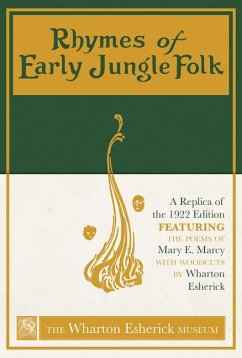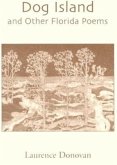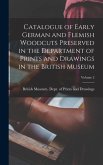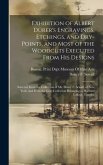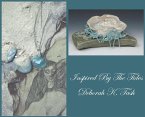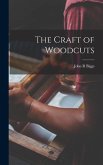This facsimile edition of a 1922 children's book features seventy-three dynamic and whimsical woodcut illustrations-the first woodcuts that the famed American craftsman Wharton Esherick produced. A high-quality replica authorized by the Wharton Esherick Museum, this book reveals the foundation of Esherick's direction as an artist. Edited by Museum director Paul Eisenhauer, it also features a foreword by Museum assistant curator Laura Heemer. The illustrations frame verses that introduce children to the principles of evolution, a highly controversial topic at the time: the book was published three years before the famous Scopes "Monkey" trial of 1925 that resulted in the inclusion of the teaching of evolution in public schools. Drawn by the excitement of the controversy, Esherick threw his passion into these illustrations. Afterward he would go on to carve over 300 woodcuts, leading to decorative carving, and ultimately, to Esherick's realization that he was a sculptor rather than a painter.
Hinweis: Dieser Artikel kann nur an eine deutsche Lieferadresse ausgeliefert werden.
Hinweis: Dieser Artikel kann nur an eine deutsche Lieferadresse ausgeliefert werden.
